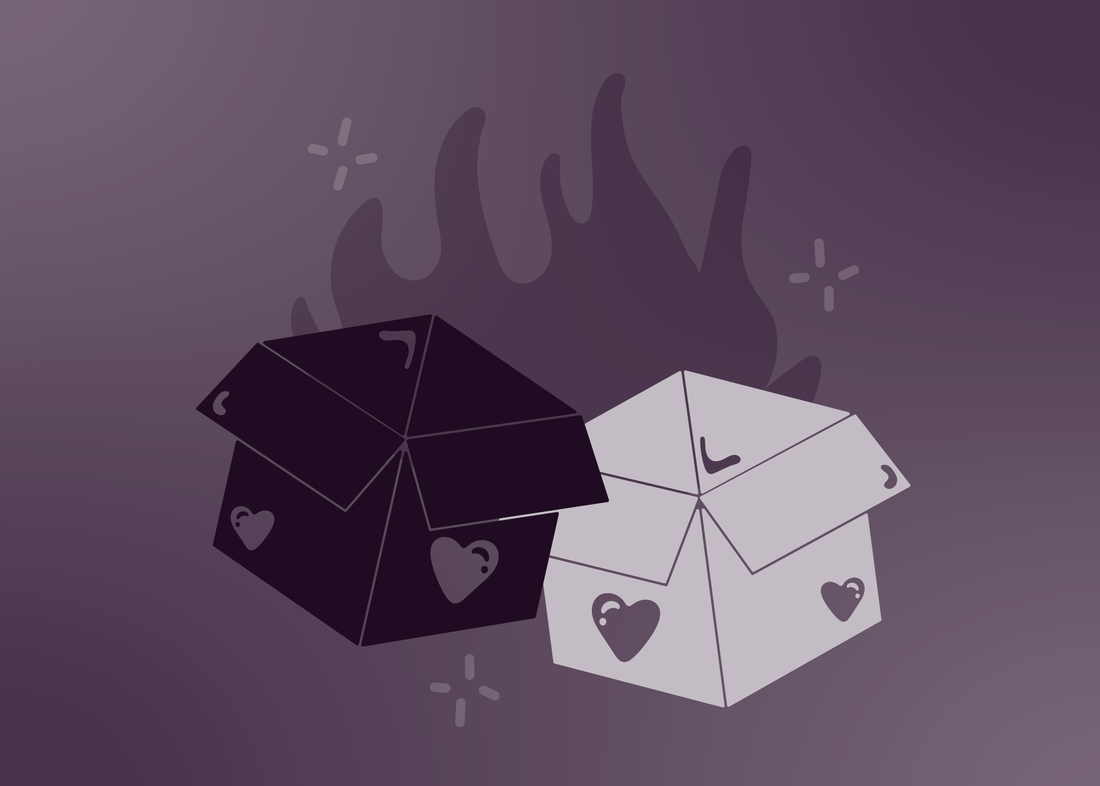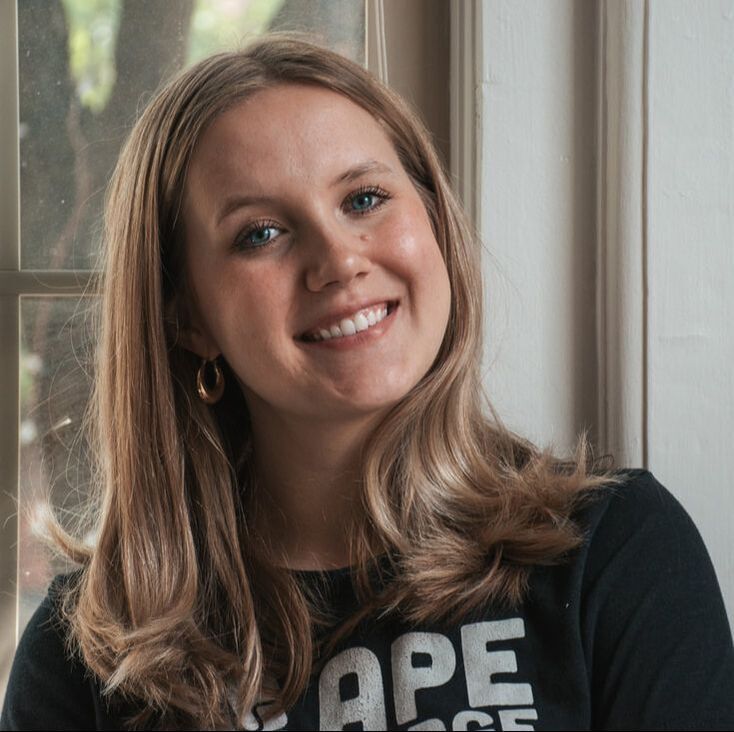
Packaging design is not merely about wrapping a product in an attractive cover; it's a strategic blend of artistry and functionality. Whether you're launching a new product or revamping an existing one, the packaging plays a pivotal role in shaping consumer perception and driving purchasing decisions. But why is packaging design so important?
Imagine walking down an aisle at Target. It's filled with 15 brand variations of that last product you need to check off on your shopping list. Issue is that you're late to Sunday family dinner because you spent too long in the clothing section… and the shoes… accessories… makeup… home decor… and you had to be at your mom’s house 30 minutes ago. You know what, it doesn't matter.
You probably know that these products are competing for your attention, but you may not realize that they are. What makes you reach for one over the others in a time crunch? Often, it's the packaging. Effective packaging design serves several crucial purposes:
First Impressions Matter
Consumers form initial judgments about a product within seconds. Eye-catching packaging can immediately capture attention and create a positive first impression.
Brand Identity and Recognition
Packaging design is a visual representation of your brand. It communicates your brand’s values, personality, and promises, helping to build recognition and loyalty among consumers. The more you trust a brand, the easier it is to pick out that product on a busy shelf with little to no thought. All because you saw that exact shade of blue and a logo when you entered the isle!
Differentiation in a Crowded Market
In a competitive market, unique packaging can set your product apart from competitors. It not only attracts but also engages consumers, making them more likely to choose your product over others.
Attracting a young female demographic? You're going to want to opt in for trending teenage aesthetics (when in doubt, search ‘dorm decorations’ on pinterest. You’ll find your design aesthetic in about 3 seconds).
Attracting a male millennial? Make it look practical. Opt for trusting colors, fonts, and graphics. (check out Allie’s pinterest board to get a deeper understanding of this design aesthetic).
Protection and Functionality
Beyond aesthetics, packaging must protect the product during transit and storage while being practical for consumers to use. It could look pretty and enable a first time customer to try out your product, but they won’t come back for more if they have a hard time opening the package, find a broken piece inside the package, or have a poor experience when using the product because of how the packaging functions.
With these important factors that fuel packaging designs, there is also a need to be aware of what I believe are the key elements that need to be considered during the packaging design process.
Visual Appeal: Colors, typography, imagery, and overall aesthetics should align with your brand identity and appeal to your target audience.
Clarity and Information: Essential product information such as ingredients, usage instructions, and benefits should be communicated clearly and prominently.
Practicality: Packaging should be easy to handle, open, and reseal if necessary. User experience plays a crucial role in consumer satisfaction.
Sustainability: Increasingly, consumers prefer environmentally friendly packaging. Using recyclable materials or minimizing packaging waste can enhance brand perception.
I know, that was a lot to take in. To help clearly understand all of the concepts I just word vomited at you, let's talk about some cases of brands that have achieved notable success through innovative packaging design.
First, Apple. Apple is known for its minimalist and sleek packaging that enhances the premium feel of its products. When thinking about Apple's package designs, we think more about the user experience and less about the designs on the box. We don’t go to the store to look at the different selections of $1,000 phones and other high value technology. These items are an investment for an individual, so they are going to take time to consider their options before enacting a purchase. When they do decide to finally put that save up for these investments, they walk into the store knowing exactly what they want. This means Apple doesn't need the flashy packaging. They choose simple aesthetics and bold photography that makes the individual crave the experience of opening up their new laptop they worked long hours to buy. All they need to know is that the laptop is in there… and they do because of that intense photo of the product right on the front. They know it's a macbook pro, so we don’t need the title under it. They place it in a smaller size with minimally contrasted color on the side to validate that second thought at check out that goes something like ‘Wait, this is the macbook… right?”
The real experience starts after you go 20 over the speed limit to get home and unbox your new pride and joy of a laptop. Next thing you know you are fixated on it for the next 2 weeks just because you’re so proud of yourself for being a big girl and saving your money.
Need to know what time the mall closes? No worries, let me search that for you on my brand new macbook. OMG! I got an email! Let me go read it on my brand new macbook. Who needs a phone? I can text you on my brand new macbook. Wow! Allie finally stepped away from her macbook and went to the store! Don’t worry, I was at Hobby Lobby finding some new stickers to put on it. I also grabbed a few other things that match the aesthetic of my new screen savers I designed… on my brand new macbook… for my brand. New. macbook.
… I have totally never done this before!
Seriously though. Apple has carefully thought through the user experience of purchasing a new product from start to finish, but especially when it comes to opening your new product for the first time. They designed each piece of paper, plastic, and cardboard to make the experience dramatic, engaging, easy, and enjoyable. Take the top lid off as the bottom box falls into your lap. Then you go through the layers of easily removable, protective cardboard barriers (with printed messaging that only excites you further) to finally reveal your new product. And while you do this your family sits there in excitement for you! Gosh, to be able to open a brand new apple product everyday.
Similar to Apple, Tiffany & Co creates a luxurious user experience with the iconic Tiffany Blue Box. Watching your sales woman pull out that small cube of joy and place your new earrings inside is synonymous with luxury and has become a status symbol in itself. I haven’t experienced it though… I’m a graphic designer. I probably never will.
I could go on for days. We could talk about how to target your demographic with the use of psychology, the design needs of different industries, how the packaging can influence a impulse purchase, or the influence of the ‘Boujee on a budget’ and ‘Luxury product ‘Dupes’ (if you are not apart of Gen Z, I suggest asking one about those two concepts for more context). This consumerist society we live in only keeps evolving and products need to make sure they are taking proper action in order to keep up with their target demographic.
[BTW, if you’re targeting women in their 50’s you do in fact need to start making reels and paying influencers to promote your product. Yea. You heard me. Even my mom is on Tik Tok. it's not good for us… we are easily influenced by just about anything that breathes. We probably send each other about 25 reels today, and that is not an exaggeration.]
With all of this fun talk, the bottom line is that packaging design is a powerful tool that goes beyond aesthetics; it influences purchasing decisions, reinforces brand identity, and enhances user experience. By understanding the importance of each element—from visual appeal to practicality and sustainability—and following a systematic design process, brands can create packaging that not only attracts attention but also delights consumers and builds long-lasting brand loyalty. In a competitive marketplace, investing in thoughtful and innovative packaging design can be the key to standing out and thriving.
In our next blog post, we’ll dive deeper into the importance of brand identity, something that must be established to perfection before you even think about designing your packaging!
Until then, Stay Wild.
